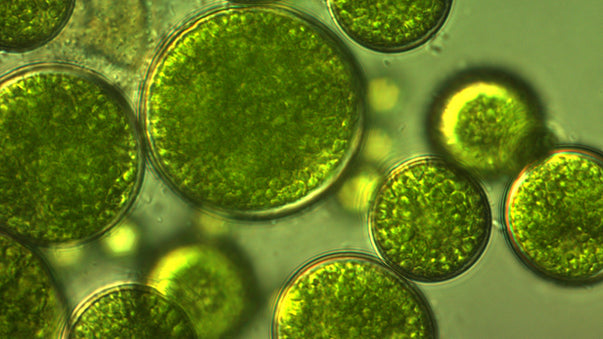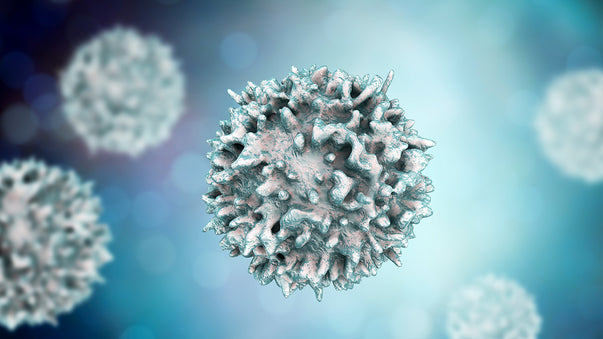Chromosome Fusion Enables Accelerated Evolution

Chinese scientists have developed a new technique for programmable chromosome fusion. And they've used the new technique in the laboratory to produce mice with genetic changes that occur on a million-year evolutionary scale.
“One of the goals in synthetic biology is to generate complex multicellular life with designed DNA sequences,” write the scientists in a paper published in Science. “Being able to manipulate DNA at large scales, including at the chromosome level, is an important step toward this goal.”
Before this work, chromosome-level genetic engineering had been accomplished only in yeast. But now the scientists applied gene editing to embryonic stem cells and produced laboratory mice with 19 pairs of chromosomes, one pair fewer than is standard in this species.
A press release issued by the Chinese Academy of Sciences emphasizes that the findings indicate that chromosome level engineering can be achieved in mammals. And they provide critical insight into how chromosomal rearrangements may influence evolution.
“Some engineering mice showed abnormal behavior and postnatal overgrowth, whereas others exhibited decreased fecundity, suggesting that although the change of genetic information was limited, fusion of animal chromosomes could have profound effects,” says LI Zhikun, co-first author of the paper, in the press release.
Li adds that the findings show that chromosomal rearrangement “is the driving force behind species evolution and important for reproductive isolation, providing a potential route for large-scale engineering of DNA in mammals.”
Using CRISPR, the scientists swapped two genetic chunks of different chromosomes. Two chunks of different chromosomes were artificially fused together, explains SingularityHub, “in a daring experiment that asked: rather than tweaking individual DNA letters or multiple genes, can we retune an existing genomic playbook wholesale, shuffling massive blocks of genetic material around at the same time?”
The explainer notes that gene editing is like copy editing, “changing a typo here and there, or fixing multiple grammatical errors with carefully-placed tweaks.” But chromosome-level genetic engineering “is like rearranging multiple paragraphs or shifting complete sections of an article and simultaneously hoping the changes add capabilities that can be passed onto the next generation.”
“This means that, for the first time in the world, we have achieved complete chromosomal rearrangement in mammals, making a new breakthrough in synthetic biology,” said Li as reported by South China Morning Post.
“This research is a breakthrough in bioengineering technology, helping to understand the impact of large-scale remodelling of mammalian chromosomes, and to gain a deeper understanding of the molecular mechanisms behind growth and development, reproductive evolution, and even the creation of a species.”
The scientists are persuaded that this new technology could also help find cures to conditions like infertility and diseases like cancer, “because it lets scientists observe and control the complex activities of chromosomes in mammalian cells.”
It seems clear that new discoveries and techniques in DNA engineering are piling up with an accelerating pace. And their impact is likely to be very deep.
More Articles
Don't miss a beat! In our Pulse Newsletter, Thrivous curates the most important news on health science and human enhancement, so you can stay informed without wasting time on hype and trivia. It's part of the free Thrivous newsletter. Subscribe now to receive email about human enhancement, nootropics, and geroprotectors, as well as company news and deals.
Read more articles at Thrivous, the human enhancement company. You can browse recent articles in Thrivous Views. See other Pulse Newsletter articles. Or check out an article below.
-
Algae-Based Microrobots Deliver Life-Saving Drugs
Nanotechnology engineers at UC San Diego have developed microscopic robots, called "microrobots." They can swim around in the lungs, deliver ...
-
Bioengineered Immune Cells for Deadly Genetic Disease
Immusoft, a biotechnology company based in Seattle, has announced that the US Food and Drug Administration (FDA) “has agreed to ...


